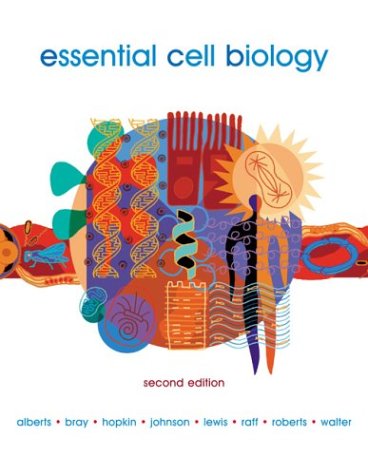

Most ebook files are in PDF format, so you can easily read them using various software such as Foxit Reader or directly on the Google Chrome browser.
Some ebook files are released by publishers in other formats such as .awz, .mobi, .epub, .fb2, etc. You may need to install specific software to read these formats on mobile/PC, such as Calibre.
Please read the tutorial at this link. https://ebooknice.com/page/post?id=faq
We offer FREE conversion to the popular formats you request; however, this may take some time. Therefore, right after payment, please email us, and we will try to provide the service as quickly as possible.
For some exceptional file formats or broken links (if any), please refrain from opening any disputes. Instead, email us first, and we will try to assist within a maximum of 6 hours.
EbookNice Team

Status:
Available4.7
5 reviewsThe first edition was the work of seven authors, all of them outstanding scientists [note 2]. For the second edition, the team of authors has been expanded to include a science writer, Karen Hopkin, whose main responsibility (the Preface tells us) has been ''to make the book clear, accessible, and fun to read.''
As in the earlier edition, there is a digest of ''Essential Concepts'' near the end of each chapter, and the illustrations are grouped into panels that actually explain principles, structures, procedures and experiments, rather than just providing pretty distractions. Some of the material has been reordered, the coverage has been broadened to include some new findings and new methods, there is more emphasis on genetics, and there is an expanded, improved complement of questions that make students take time to think, to realize that a question often has more than one valid answer, and to recognize that alternative perspectives are available in almost any situation. All of these changes are welcome.
...There are 21 ''How We Know'' articles -- one in every chapter -- providing information about metabolic pathways, protein structures, replication, the genetic code, mitosis, and cancer, among other topics. These articles… [are] very important innovations. ...Each copy of the new edition is accompanied by a CD-ROM, and the CD-ROM is not a mere gimmick or toy. It is a valuable adjunct to the textbook, and it has two important functions. First, it carries the literature references for each chapter in the book. (The references don't appear in the book itself.) Second, the CD-ROM provides interactive illustrations, typically with voice-over narrations, that demonstrate such things as the structures of molecules, the movement of cells, and the processes of replication, translation and cell di